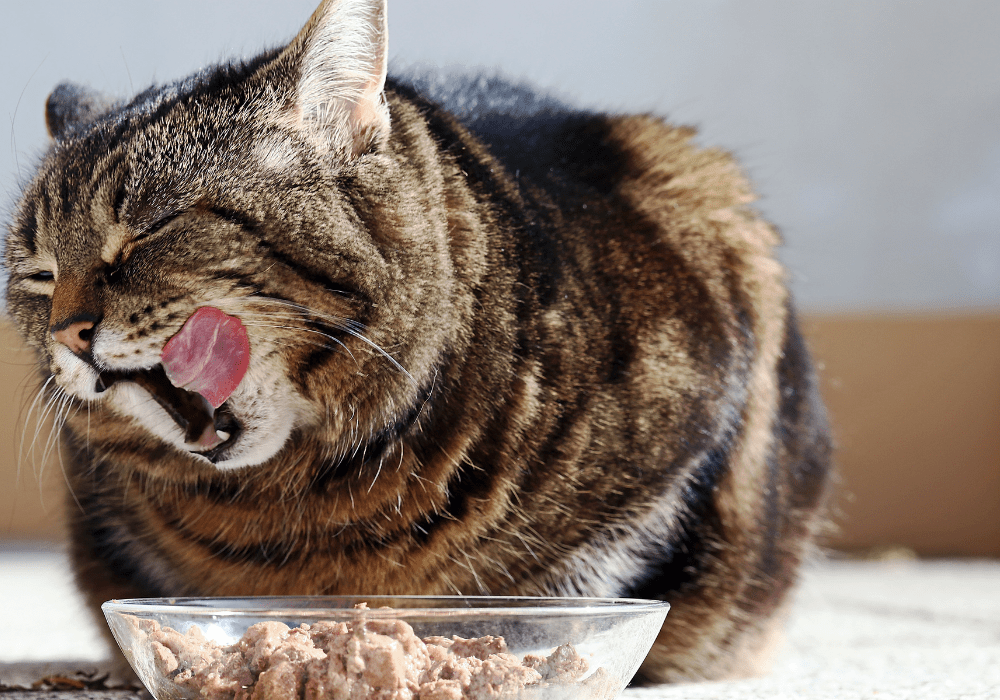Understanding Stomatitis in Cats: A Guide for Cat Owners

Being a cat owner comes with its share of challenges, especially when it comes to health issues. Cats are notoriously secretive creatures and often attempt to hide their pain. This makes it vital for owners to be vigilant and look for symptoms that might indicate something is amiss. One common health issue that can affect our feline friends is dental problems, particularly a condition known as stomatitis.
In this article, we will delve into stomatitis in cats, how to identify its symptoms, and the available treatment options.
What is Stomatitis in Cats?
Stomatitis in cats refers to a severe inflammation of the mouth and gums. This condition can manifest as reddish and swollen gums, causing significant pain for the affected feline. In extreme cases, stomatitis can lead to bleeding in the mouth, making it crucial for cat owners to recognize the signs early.
What Causes Stomatitis in Cats?
The precise causes of stomatitis in cats remain somewhat elusive. However, several factors are believed to contribute to this painful condition. A viral infection, especially the calicivirus, is often linked to stomatitis, as many affected cats also show signs of concurrent viral infections. Additionally, plaque and calculus buildup on teeth may exacerbate the inflammation and contribute to the development of stomatitis.
What Are the Symptoms of Stomatitis in Cats?
If you suspect your cat may be suffering from stomatitis, here are some key symptoms to be aware of. It’s essential to consult our doctors at Willow Glen Pet Hospital if you notice any of the following signs:
1. Inflamed and Bleeding Gums
One of the most prominent signs of feline stomatitis is the presence of severely inflamed gums. Affected gums will appear red and swollen, and they may begin to bleed if left untreated. Inflammation can also extend beyond the gums to other areas in the mouth, including the back of the throat, where ulcers may develop.
2. Weight Loss
Rapid weight loss can indicate that your cat is experiencing pain and discomfort due to stomatitis. The inflammation and swelling in the mouth can make eating painful, leading to a decrease in food intake. You may notice your cat approaching their food bowl eagerly but then struggling to eat, particularly with dry food.
3. Excessive Drooling
Unlike dogs, excessive drooling is not typical in cats and often signals pain. If your cat starts drooling more than usual, it could be a strong indicator of dental issues, including stomatitis.
4. Lack of Grooming
Cats with stomatitis may groom themselves less frequently due to the discomfort caused by the inflammation in their mouths. This can result in a matted coat, which may be a visible sign that something is wrong.
5. Bad Breath
While bad breath can occur for various reasons in cats, stomatitis often produces a notably foul odor that is easy to detect. If your cat’s breath suddenly smells particularly unpleasant, it may be time to investigate further.
Treatment for Stomatitis in Cats
If you suspect your cat has stomatitis, the first step is to consult our doctors at Willow Glen Pet Hospital. They will be able to assess your cat’s dental health and recommend appropriate treatment options.
1. Antibiotics
Antibiotics may be prescribed to control flare-ups of stomatitis and manage any secondary bacterial infections. While antibiotics can help reduce inflammation and pain, they are not intended for long-term use and should only be administered during acute episodes.
2. Steroids
In more severe cases, steroids can be effective in managing inflammation during flare-ups of stomatitis. Your veterinarian will weigh the benefits against the risks when considering this treatment option.
3. Nonsteroidal Anti-Inflammatory Drugs (NSAIDs)
NSAIDs can help alleviate pain and reduce inflammation associated with stomatitis, providing your cat with relief and improving their quality of life.
4. Tooth Removal
In extreme cases of stomatitis, tooth extraction may be necessary to eliminate the inflamed tissue and reduce the bacterial load in your cat’s mouth. This can involve the removal of several teeth, depending on the severity of the condition.
Conclusion
Being proactive about your cat’s dental health is essential to preventing and managing conditions like stomatitis. By recognizing the symptoms early and seeking veterinary care, you can help ensure your feline friend remains healthy and comfortable.
If you need more help or have any questions, call us at Willow Glen Pet Hospital, visit us online at willowglenpethospital.com, or reach us at (669) 342-7472.
Location:
1033 Willow Street, San Jose, CA, 95125, USHours: Monday – Saturday 8:00 am – 6:00 pm
Dr. Gillon or Dr. Shani are ready to assist you!
